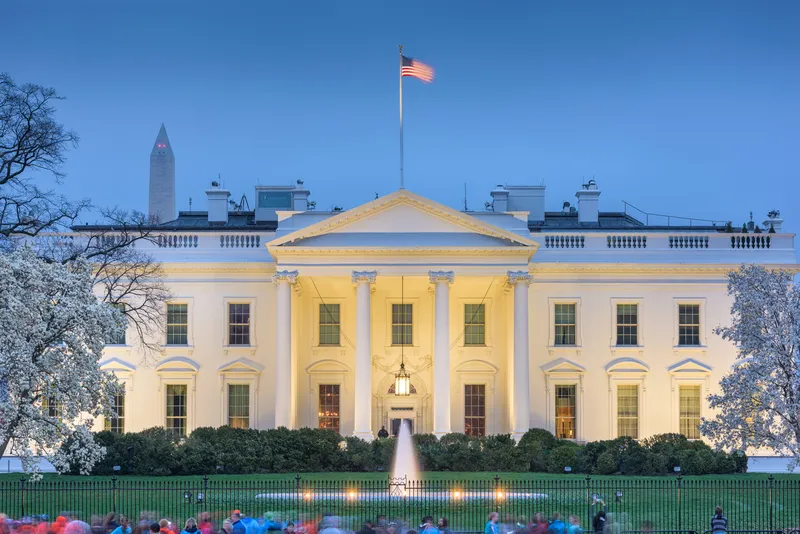City officials can help improve air quality, reduce greenhouse gas emissions, and cost savings to cities and their disadvantaged communities through taking steps to speed the deployment of zero- and low-emission electric vehicles (EVs). The findings come from a new brief from the Center for Climate and Energy Solutions (C2ES) which provides resources on helping cities evaluate the benefits of electrified transportation.
Called “Electrified Transportation for All,” the report covers the expansion of the technology from individually-owned – and shared - electric passenger vehicles and both transit and school buses.
The brief lays out information that city officials need to better evaluate financial and environmental benefits such as the total cost of vehicle ownership, including initial purchase, fuel, operating and maintenance costs. In addition, it covers the costs associated with emissions-related health impacts, such as elevated risks for cancer, asthma, emphysema, heart disease and inhibited child development.
Recommended programs and technologies include transit authority transitions to zero-emission, all-electric buses that reduce overall roadway emissions and initially focus on vulnerable communities. Electrified school buses to protect children from adverse health impacts associated with diesel-powered buses. Additionally, expanding access to public EV charging stations to provide infrastructure that promotes and reduces costs of individual ownership. Car-share programs, like the BlueLA program in Los Angeles, that utilize shared electric vehicles that disburse the cost of ownership and eliminate tailpipe emissions are also included.
Low-income communities generally experience more severe health effects from vehicle tailpipe emissions due to often being located near major roadways.
Bob Perciasepe, C2ES, president, said: “Cities are taking the lead in reducing carbon emissions and protecting their communities because they can’t afford to wait for stronger federal action. With low-income communities already suffering a disproportionate share of harmful air pollution, it’s important that cities have the tools they need to electrify city buses and expand vehicle charging infrastructure."
C2ES: how electrified transportation can benefit low-income communities
City officials can help improve air quality, reduce greenhouse gas emissions, and cost savings to cities and their disadvantaged communities through taking steps to speed the deployment of zero- and low-emission electric vehicles (EVs). The findings come from a new brief from the Center for Climate and Energy Solutions (C2ES) which provides resources on helping cities evaluate the benefits of electrified transportation. Called “Electrified Transportation for All,” the report covers the expansion of the
November 6, 2017
Read time: 2 mins








